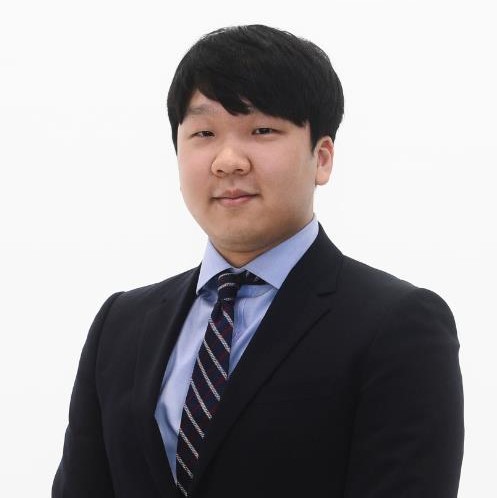Haenam poised to become top travel destination for culture, history buffs
By Lee Si-jinPublished : Dec. 16, 2023 - 16:01
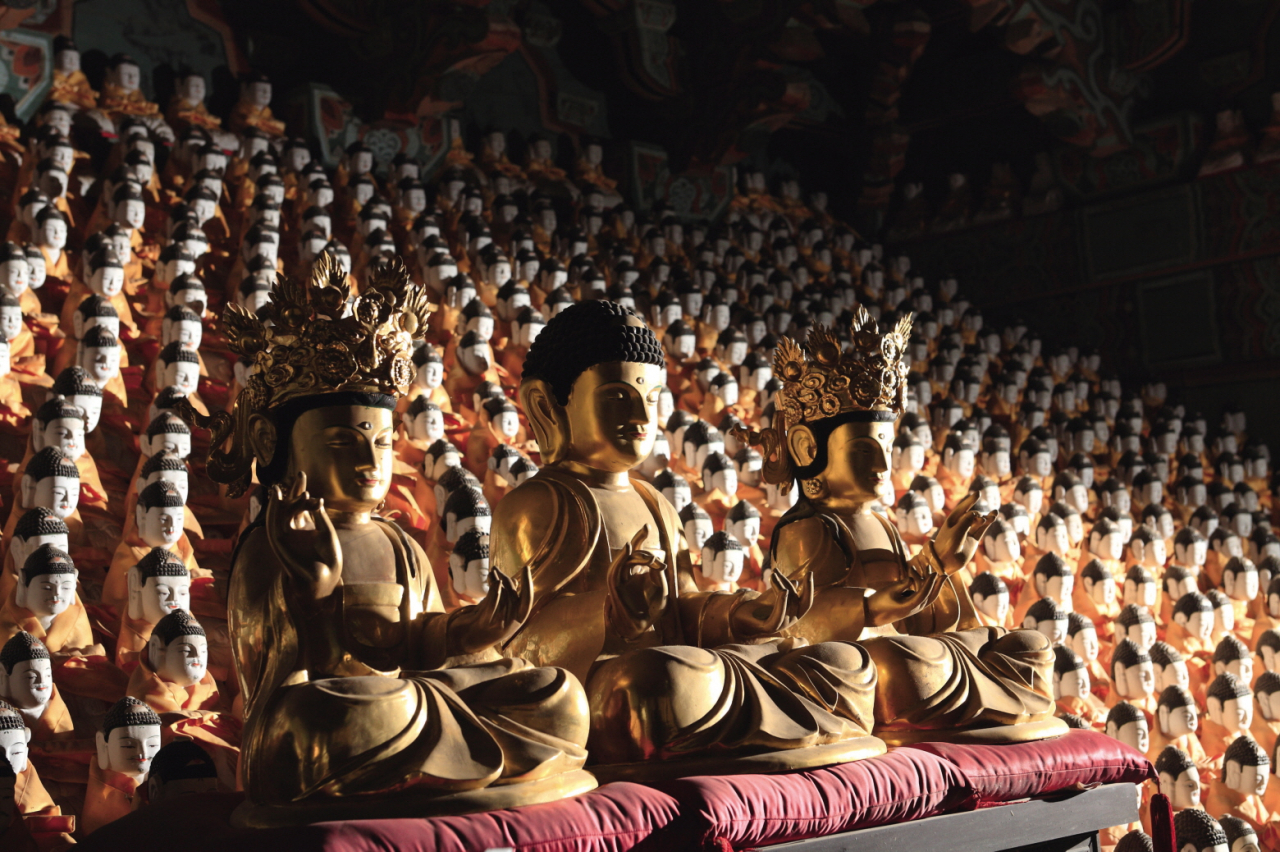
When searching for cities to visit and learn about the history of Korea, the capitals of old Korean kingdoms, such as Seoul; Gyeongju, North Gyeongsang Province; and Gongju, South Chungcheong Province, may be the first to come to mind.
While all three cities boast ancient architecture, a rich cultural heritage and a unique appeal in their own right, there is a lesser known historical gem that is certainly worth a visit.
Haenam -- a small county located close at the southernmost point of the Korean Peninsula in South Jeolla Province -- is a bucket-list destination for those who have a keen interest in Korean history.
Quiet retreat from city life at Buddhist temple
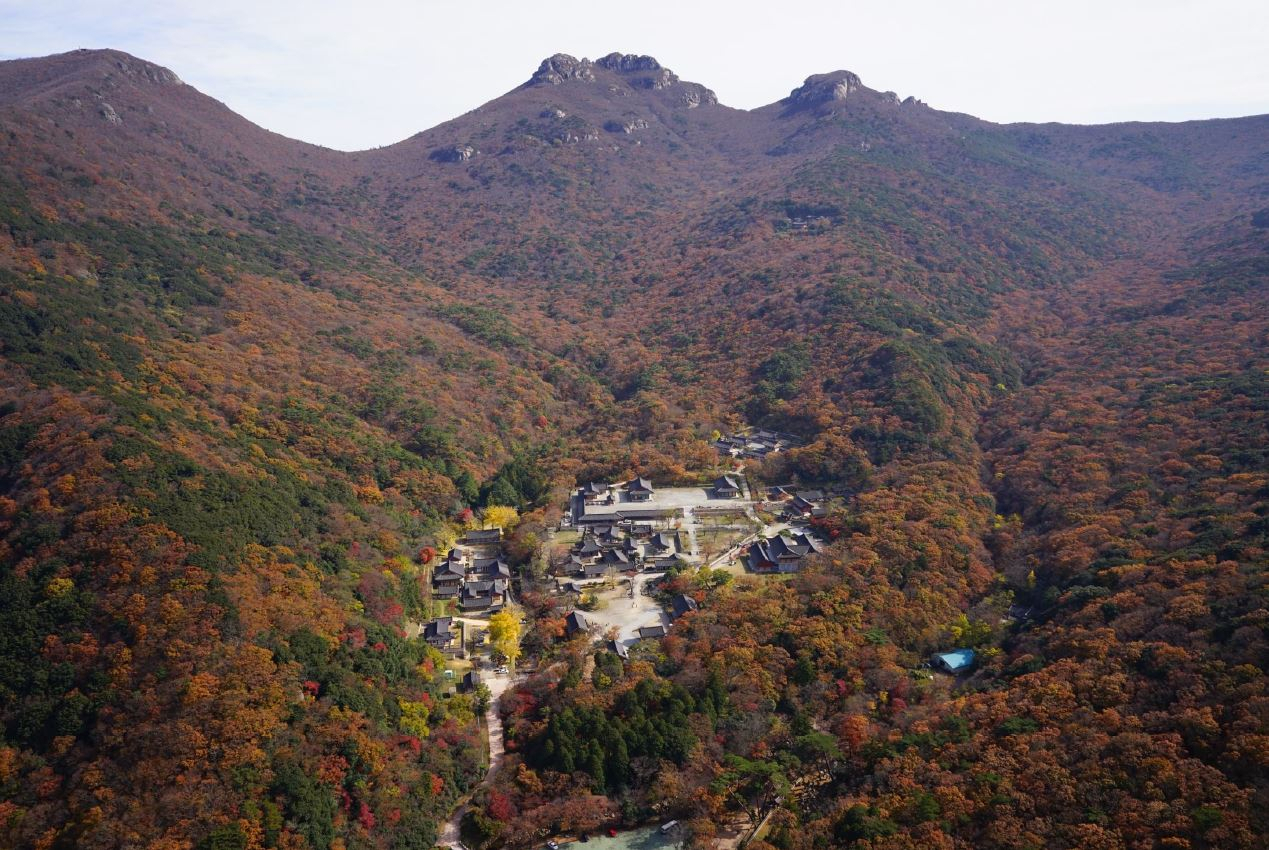
The county is popularly known as “Ttangkkeut Village,” meaning "village at the end of the land," and countless people visit the area on Dec. 31 to watch the year's last sunset or witness the first sunrise of the New Year. However, Haenam has much more to offer for travelers all year round.
One must-visit spot in the area is Daeheungsa, a Buddhist temple where the robes and bowls of the Great Master Seosan are housed.
The Buddhist site was bestowed the honorable title of “Pyochungsa” by King Jeongjo, commemorating the valiant effort, patriotism and heroic battles of the Great Master Seosan during the Japanese invasion of Korea in 1592.
The venerated temple, with a history of more than 1,000 years, lies on the southern slopes of Duryunsan.
Like many Korean Buddhist temples that lie deep in the mountains, Daeheungsa tests its visitors to see whether they are capable of embarking on a “light” stroll to the main temple areas.
Visitors can -- of course -- bring their cars and take the easy way up by using the nearest parking lot.
However, the real beauty of Daeheungsa reveals itself along the almost 3.9-kilometer trail which begins at One Pillar Gate, the temple's entrance.
Whether walking on the forest trail or the paved road, visitors will be immersed in the breathtaking nature of Duryusan.
“The road offers ample shaded areas to escape from the blistering heat in the summer. The fall foliage of Daeheungsa trail is second to none. You have to come to Daeheungsa to see the icicles, snow flowers and spectacular amazing scenery in winter,” Yoon young-jin, a culture and history guide from Haenam, told The Korea Herald on Dec. 9.
“And is there such a thing as a bad place to visit in the spring? Visiting Daeheungsa in spring is always a great choice,” Yoon added.
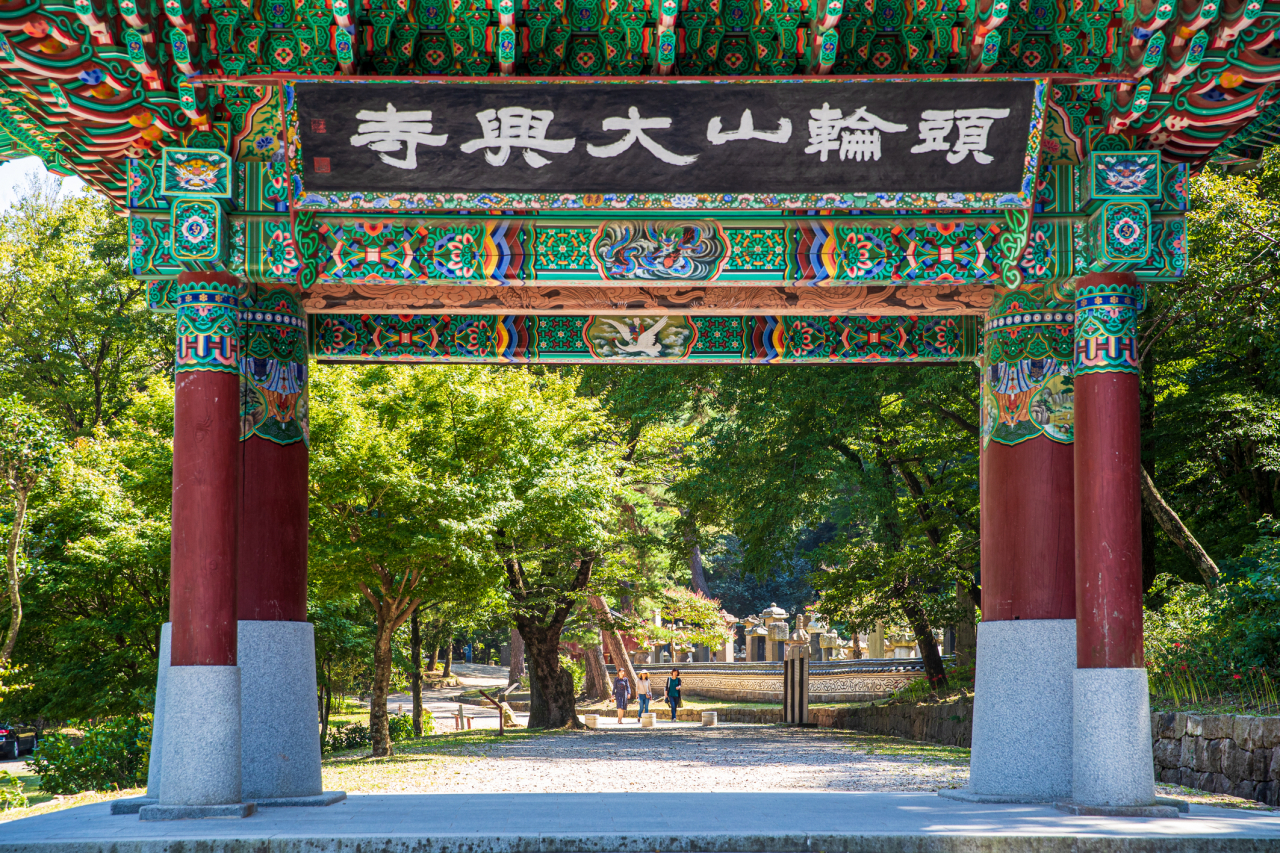
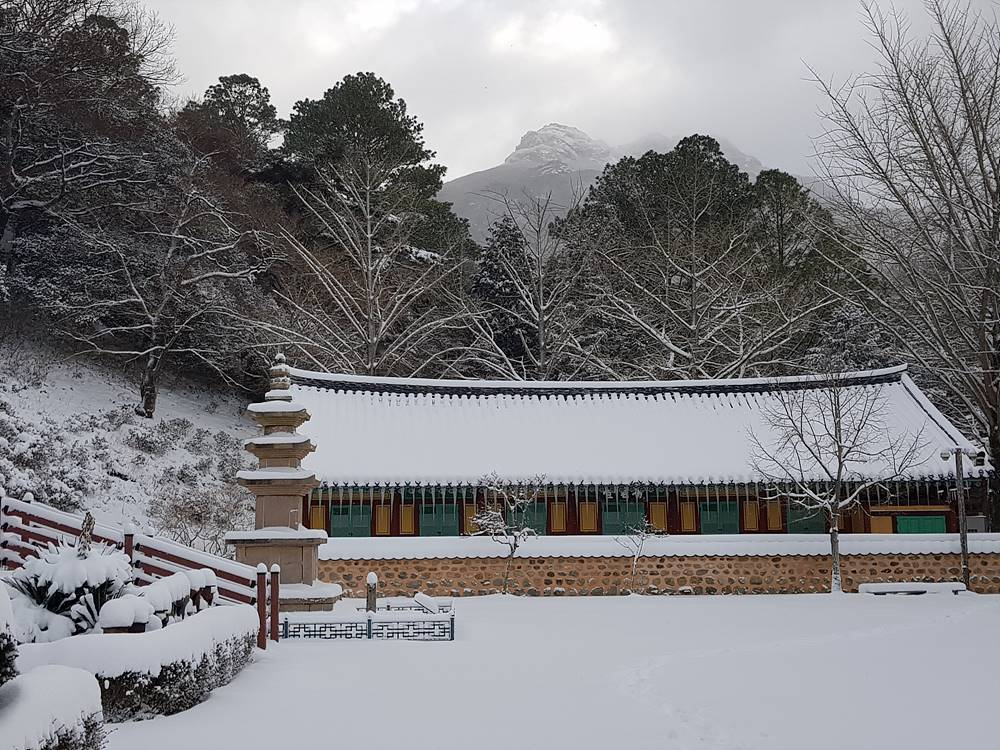
According to the guide, one unique characteristic of Daeheungsa is that it requires visitors to cross a total of nine stone bridges to meet the Buddha.
“Crossing a bridge means walking on the water. This means that one is making himself clean before meeting the Buddha,” the guide explained.
Said to be more than 1,500 years old, the temple is home to one national treasure, a Goryeo-era rock-carved seated Buddha statue, as well as 12 treasures. Visitors can also enjoy various cultural assets, ancient stone pagodas, Buddhist statues and the vibrant colors of Buddhist paintings.
Visit the home of Yun Seon-do
Haenam is the historical home of the Haenam Yun Clan, a family that was active between the 14th and 16th centuries.
The county attracts many travelers to Haenam Yoonssi Nokwoodang Area -- the residential areas of the Haenam Yun Clan -- complete with the family’s traditional "hanok" buildings dating to the early Joseon era (1392-1592), tranquil gardens, trees and traces of Yun Seon-do, one of the most admired Korean poets and philosophers in the area.
The Nokwoodang Area is divided into two different parts.
The Gosan Yunseondo Museum, located a few meters away from the parking lot, displays relics and information about the history of the Yun family, who settled in Haenam for over 600 years.
The museum offers history buffs a glimpse at the stunning artworks and paintings of Yun Du-seo, who is considered a representative painter of the Joseon era.
Artifacts, ranging from personal letters, poetry books, diaries and novels to household supplies like mirrors and traditional Korean instruments like the “gayageum” and more, are on display, alongside explanations of how the people of Haenam Yun Clan cemented their legacy of nurturing talented individuals.
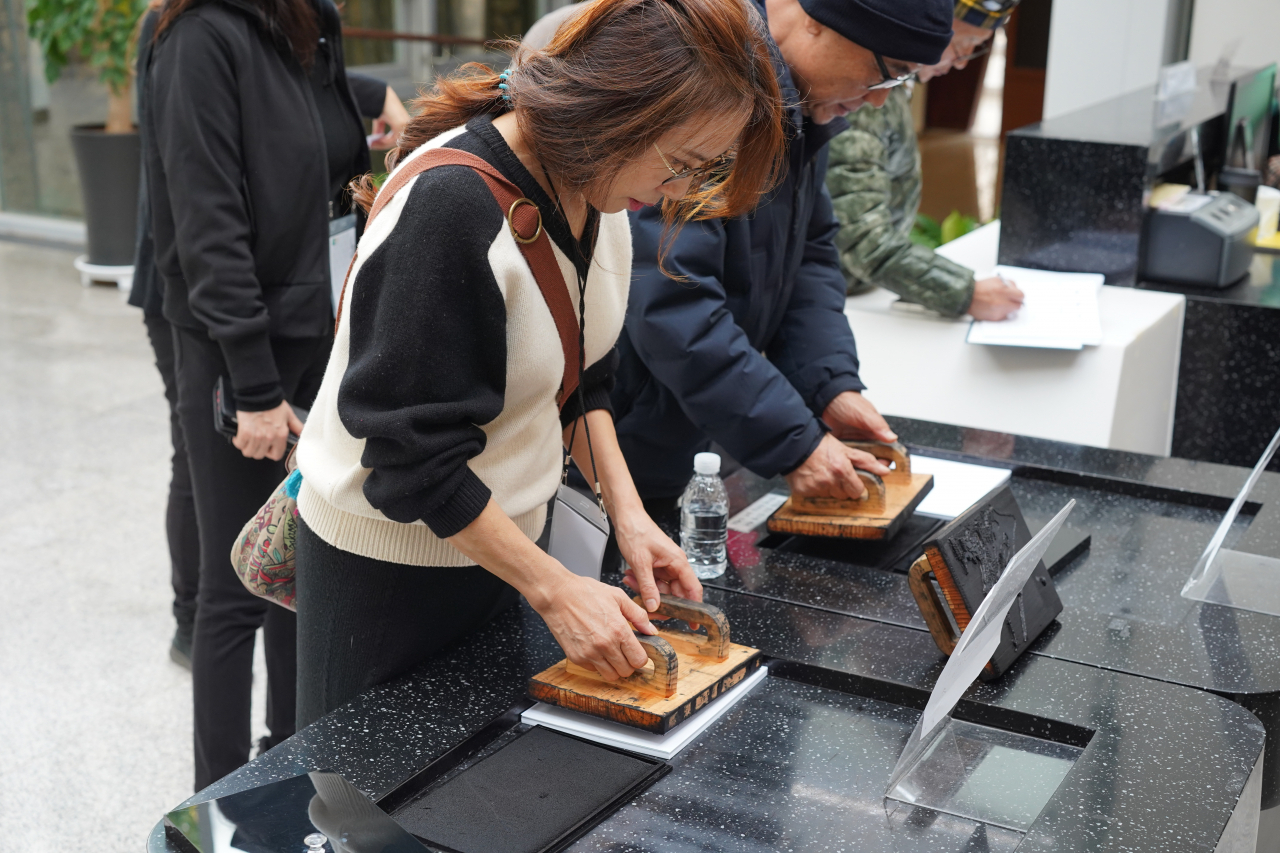
A two to three minute-walk from the museum are shrines of Yun’s ancestors and the old houses of the Haenam Yun Clan.
“Aside from the beautifully built wooden hanok, a key characteristic of a literary man’s house is the number of trees inside the residential area. Many believe that a family which produced many renowned poets, politicians and artists tend to have a lot of trees inside their living spaces for inspiration,” the culture guide said.
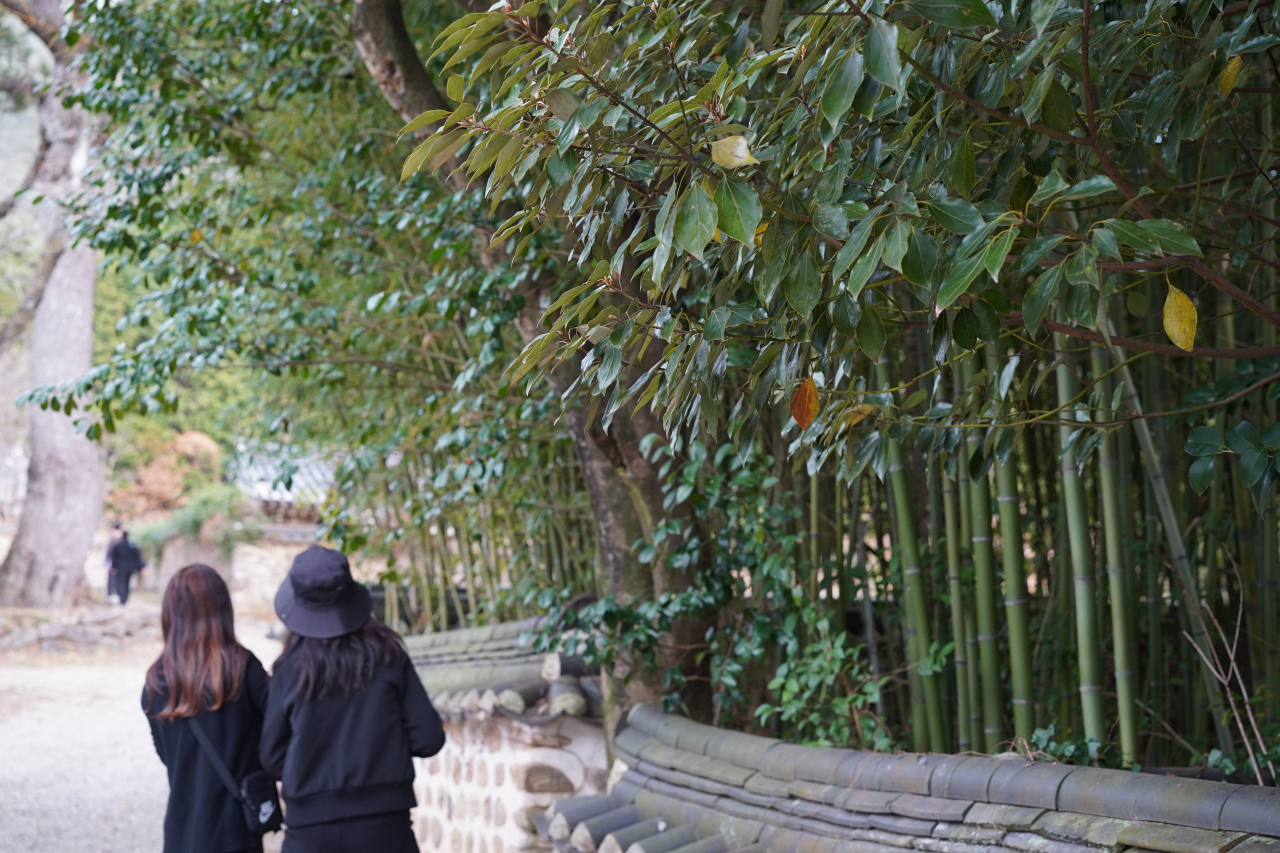
A walk along a pebble-covered path lined with bamboo and other trees -- said to be more than 600 years old -- provides an excellent refuge from the bustling city, according to the guide.













